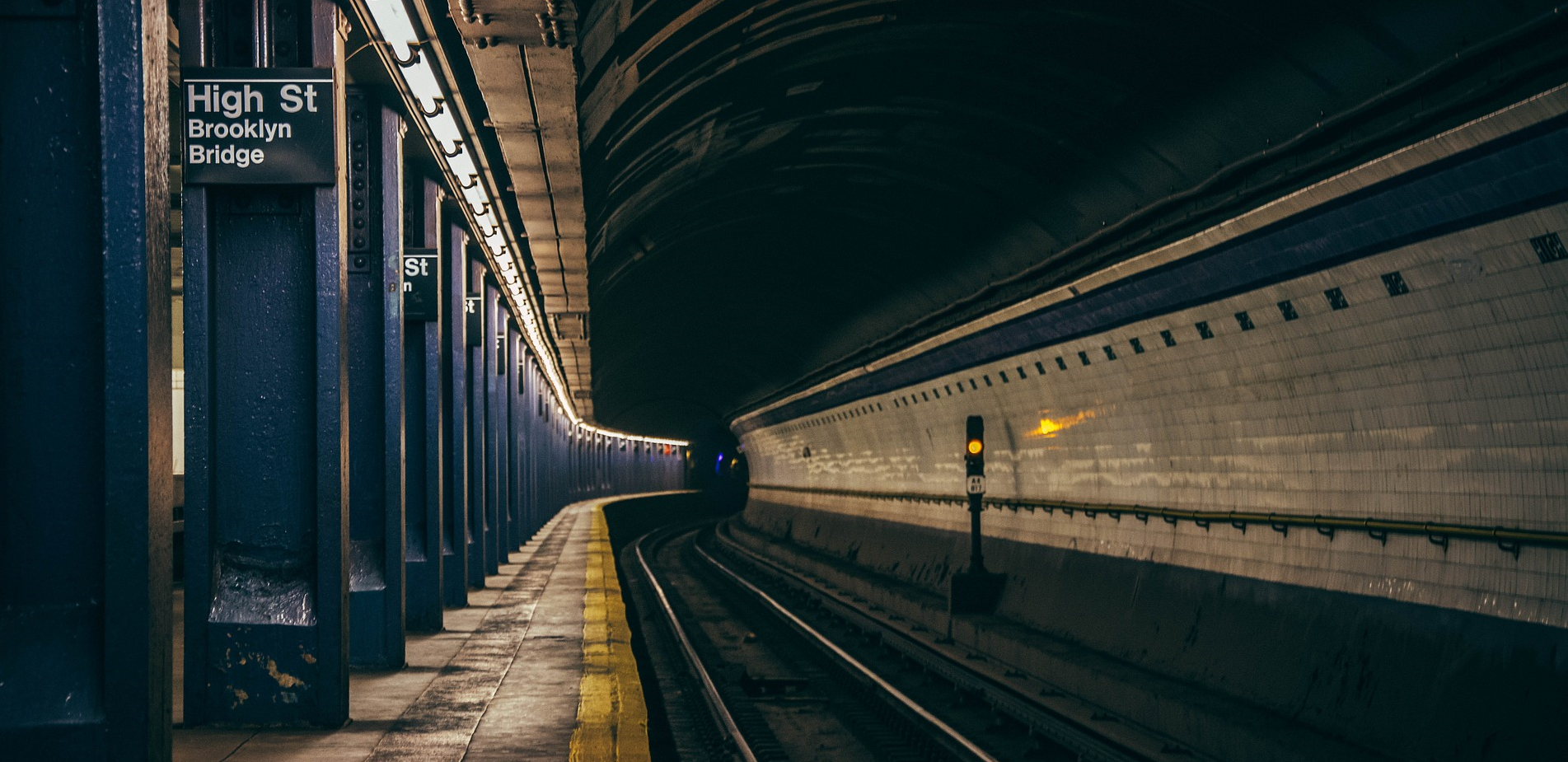The Metropolitan Transport Authority (MTA) in New York expects to lose $215 million to fare evasion in 2018. This is double the amount lost in 2015. The transport agency estimates fare dodgers in buses cost $119 million. People who jump the turnstiles amount to $96 million loses.
According to MTA officials, paying bus ridership fell 12% between 2015 and 2018. Estimates state that 350,000 weekday riders did not pay in the third quarter of 2018. In subways, fare evasion has increased form 1.6% to 3.8%. The MTA believes that about 208,000 of the 5.5 million weekday passengers free ride.
The authority faces a potential budget deficit of almost $1 billion by 2022. To solve it, MTA must cut costs or find new sources of revenue. The agency proposed to roll out more staff to physically block fare dodgers by making sure people have a ticket before entering stations and buses. Also, MTA is considering a 4% increase in fares for March.
Softer fare enforcement, higher evasion?
Earlier this year, the District Attorney Office applied a new policy which shifted from court citations to administrative fines. Turnstile jumpers no longer face criminal records. The objective is to “reduce inequality and unnecessary incarceration”.
Some officials believe there is a correlation between the increase in fare evasion and the decrease in arrests. Andy Byford, president of the NYC Transit Authority, stated “some people heard a message that now there is no penalty for fare evasion.”
The District Attorney Office, however, rejects the claim. They state that the policy does not prevent police officers from issuing civil and criminal tickets. In addition, by freeing officers from having to process arrestees, more officers are available to patrol the system.
MTA failures, the cause of ridership fall
Fare evasion costs for fare evasion is only 1.2 percent of the agency’s 2019 budget. Thus, people believe there is more to MTA’s system for the negative balance.
Eric Goldwyn, a research scholar at New York University’s Marron Institute, thinks the number of people paying for rides is probably down because the number of riders is down. MTA’s failures such as lack of subways connections or slow bus service due to high congestion re just some of the reasons. “Ridership declines as service is cut or becomes unpredictable.”



